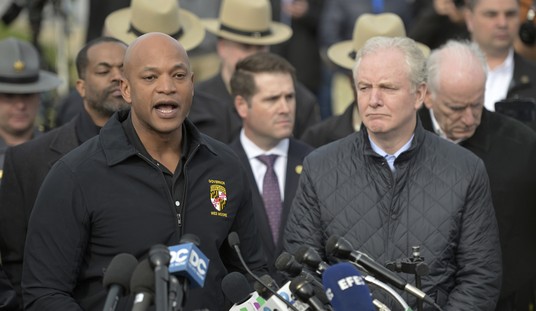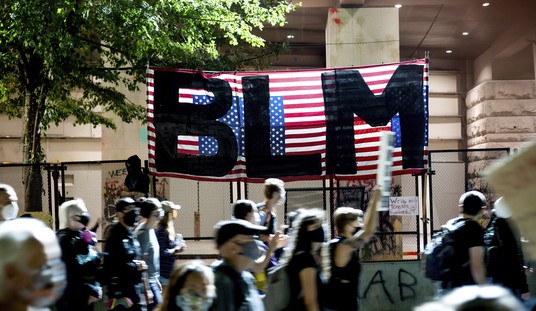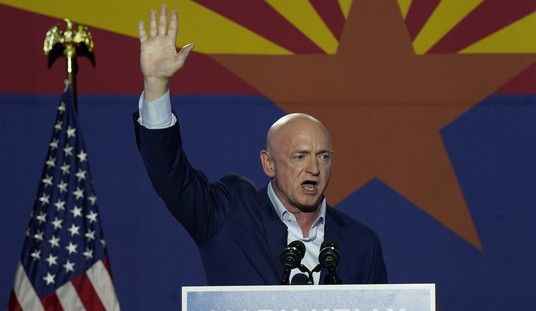What happens when state and local governments shut down commerce? Er … commerce shuts down, that’s what. November’s retail-sales figures from the Census Bureau show a steeper loss than expected, and October’s report got revised downward into the red as well:
Advance estimates of U.S. retail and food services sales for November 2020, adjusted for seasonal variation and holiday and trading-day differences, but not for price changes, were $546.5 billion, a decrease of 1.1 percent (±0.5 percent) from the previous month, but 4.1 percent (±0.7 percent) above November 2019. Total sales for the September 2020 through November 2020 period were up 5.2 percent (±0.5 percent) from the same period a year ago. The September 2020 to October 2020 percent change was revised from up 0.3 percent (±0.5 percent)* to down 0.1 percent (±0.2 percent)*.
Retail trade sales were down 0.8 percent (±0.5 percent) from October 2020, but 7.1 percent (±0.7 percent) above last year. Nonstore retailers were up 29.2 percent (±1.6 percent) from November 2019, while food services and drinking places were down 17.2 percent (±3.7 percent) from last year.
Everyone expected a turndown, but not that much of a turndown. Even without the shutdowns, personal income and disposable income had been falling for the last few months, after the stimulus impacts of the CARES Act had dissipated by the end of the summer. This steep of a drop signals a very grinchy Christmas season, and all the economic ills that go along with it:
The decline marked the first month-over-month drop since April, when widespread restrictions were in place early in the coronavirus pandemic, the Commerce Department said Wednesday. …
Economists surveyed by The Wall Street Journal had forecast that retail sales decreased a seasonally adjusted 0.3% in November from a month earlier.
The weakness spanned a number of key categories, with vehicle sales dropping 1.7% on the month, electronics sales falling 3.5% and clothing sales declining 6.8% from October. Restaurants and bars were hard hit as many cities and states introduced new pandemic-related restrictions, with receipts dropping 4% on the month.
And guess what didn’t help this year, in person or on line either?
U.S. shoppers spent less than last year over a five-day stretch including Black Friday and Cyber Monday as increased online shopping was offset by fewer people visiting physical stores during the pandemic. People spent an average of just under $312 on holiday-related purchases from Thanksgiving to Cyber Monday, down 14% from 2019 though on par with 2018, according to a survey by the National Retail Federation and Prosper Insights & Analytics.
Why? Because when personal and disposable income goes down, so does consumer spending activity. When consumer spending activity goes down in the US, the economy rolls downhill into recession — and fast, even without new COVID-19 restrictions. The warning signals for this have been apparent for months; the otherwise record-shattering Q3 GDP report had that data in it all along.
Call me cynical, but perhaps Congress got a whiff of what was coming this morning before it got released. As I joked in the earlier post in an update, suddenly meat’s back on the menu*, boys:
Congressional leaders are near an agreement to add a new round of stimulus checks to a roughly $900 billion relief package as they rush to complete a deal before the end of the week, according to three people familiar with the talks granted anonymity to share internal deliberations.
A bipartisan proposal released earlier this week by a group of moderate lawmakers excluded another round of $1,200 stimulus checks. But as congressional leaders tried to resolve differences in recent days, they decided to try and include a round of direct payments in the emerging legislation. The payments under discussion on Wednesday morning could be less than the $1,200 approved in the Cares Act in March, however.
The inclusion of these payments comes as congressional leaders opted to cut new aid for states and cities out of the bill, giving lawmakers more money to work with while keeping the total cost of the package under $1 trillion. Treasury Secretary Steven Mnuchin had proposed including $600 stimulus checks in the package last week, but Democrats opposed the measure then because the White House wanted to slash unemployment aid as well.
It might be too little, too late at this point. Had Congress passed this deal in October when the signals first started blaring, it might have prevented some small retailers from going out of business, especially restaurants and bars, allowing people to remain employed. The relief is still needed, but it won’t save those businesses that blinkered out of existence over the last couple of months, which means we won’t get the same rebound and stimulus impacts from it.
Let’s hope they don’t screw the pooch this time, either. I wouldn’t get your hopes up on that score.
* – Lord of the Rings reference. Yes, I’m a nerd.







Join the conversation as a VIP Member